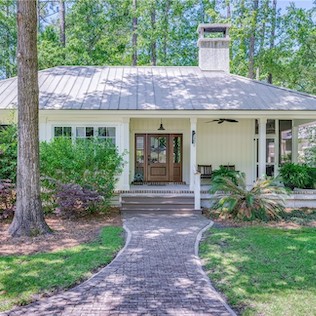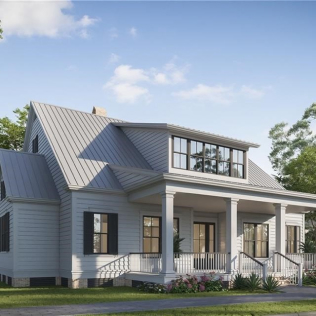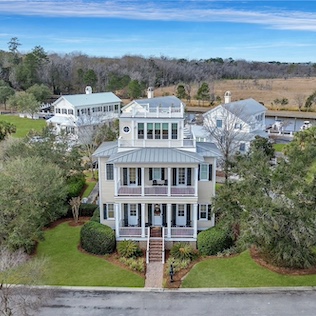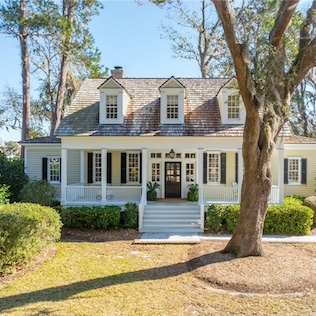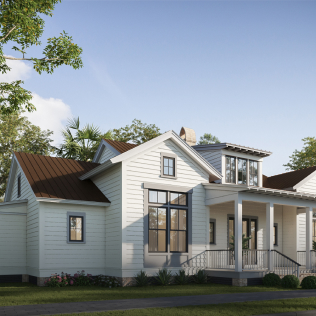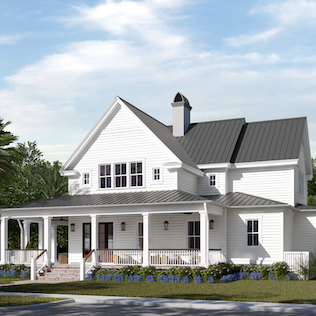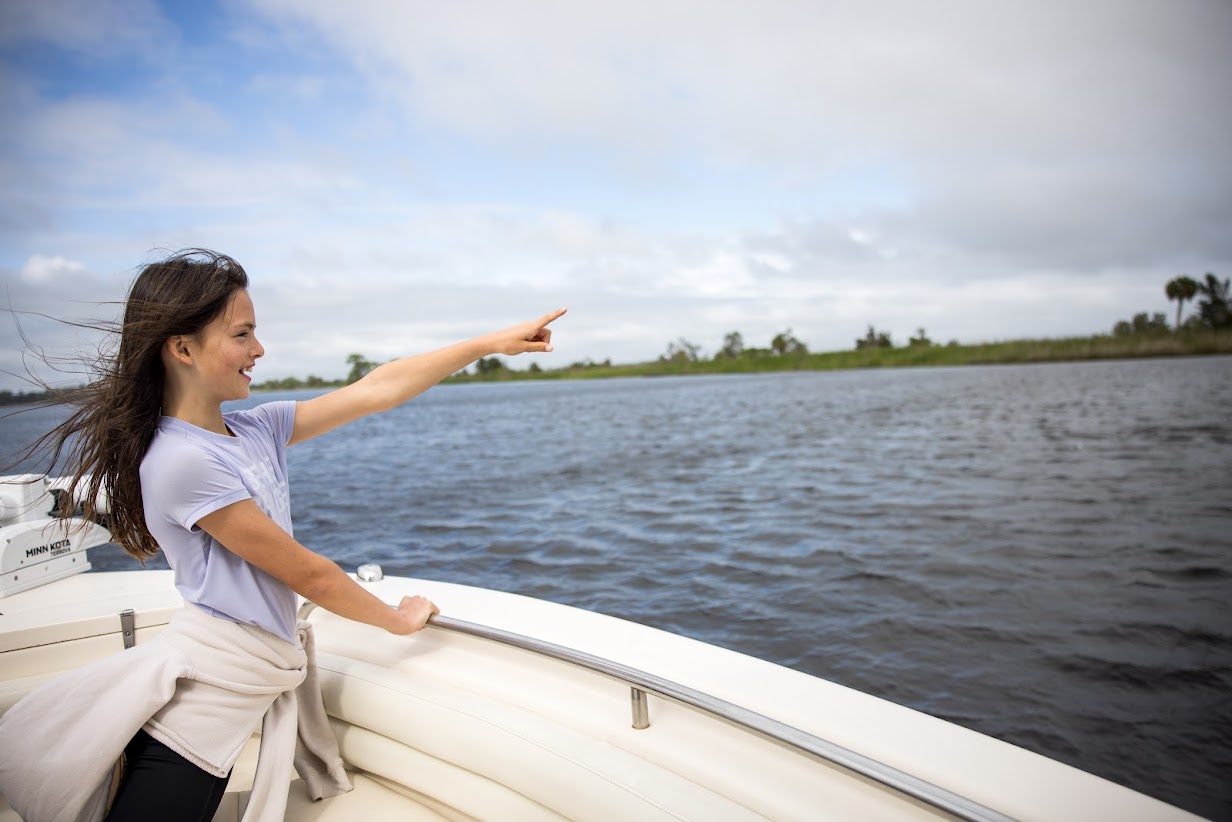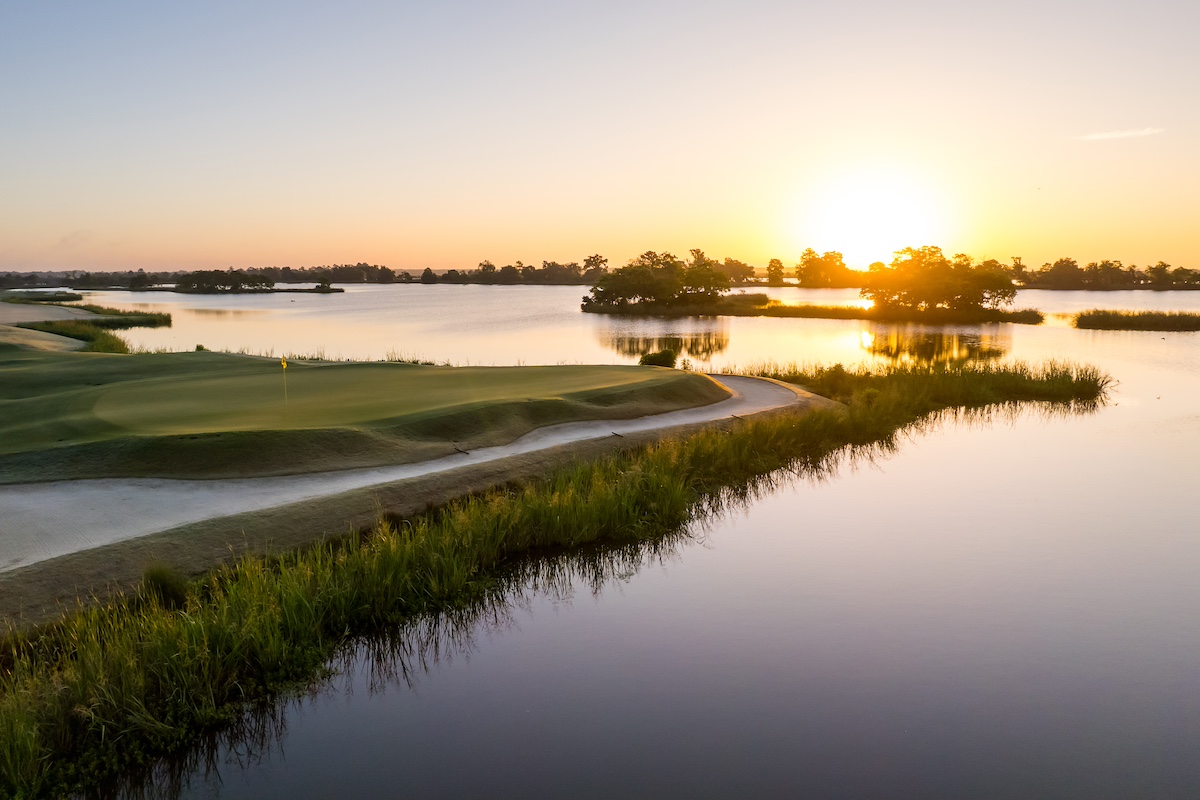
Through careful planning, wildlife and habitat management, water conservation and education, The Ford has earned Audubon Cooperative Sanctuary Program Certification — an acclaimed recognition for environmental achievements and leadership around the world. And the mindful maintenance of our Pete Dye Championship Golf Course has played a major role in this certification. We sat down with The Ford’s golf course superintendent Jared Nemitz to learn how the award-winning course is setting a new standard for environmental conservation and protection.
What are some ways in which The Ford addresses golf course maintenance while keeping water and environmental conservation top of mind?
Water and environmental stewardship is always at the top of our decision-making process on our agronomy and grounds maintenance teams. This goes hand-in-hand with creating firm and fast playing surfaces for the golfer. At the end of the day, less water means more ball roll and more fun for the golfer.
We also reduce irrigation inputs by using state-of-the-art technologies from hand-held moisture meters, in-ground soil sensors to test volumetric water content and a broad range of irrigation heads so that water is put only where it’s truly needed for plant health and playability.
Additionally, all of the chemicals used to maintain water at The Ford, including on the golf course, have been supervised in an entirely different, conscious way. We pride ourselves on being water-sympathetic and are constantly checking up on its integrity with regard to the pH and dissolved oxygen levels. This awareness has really set us apart.
Our team also strives to educate members on how they can help by using the correct fertilizers and maintaining their property with the same goals as the golf course.
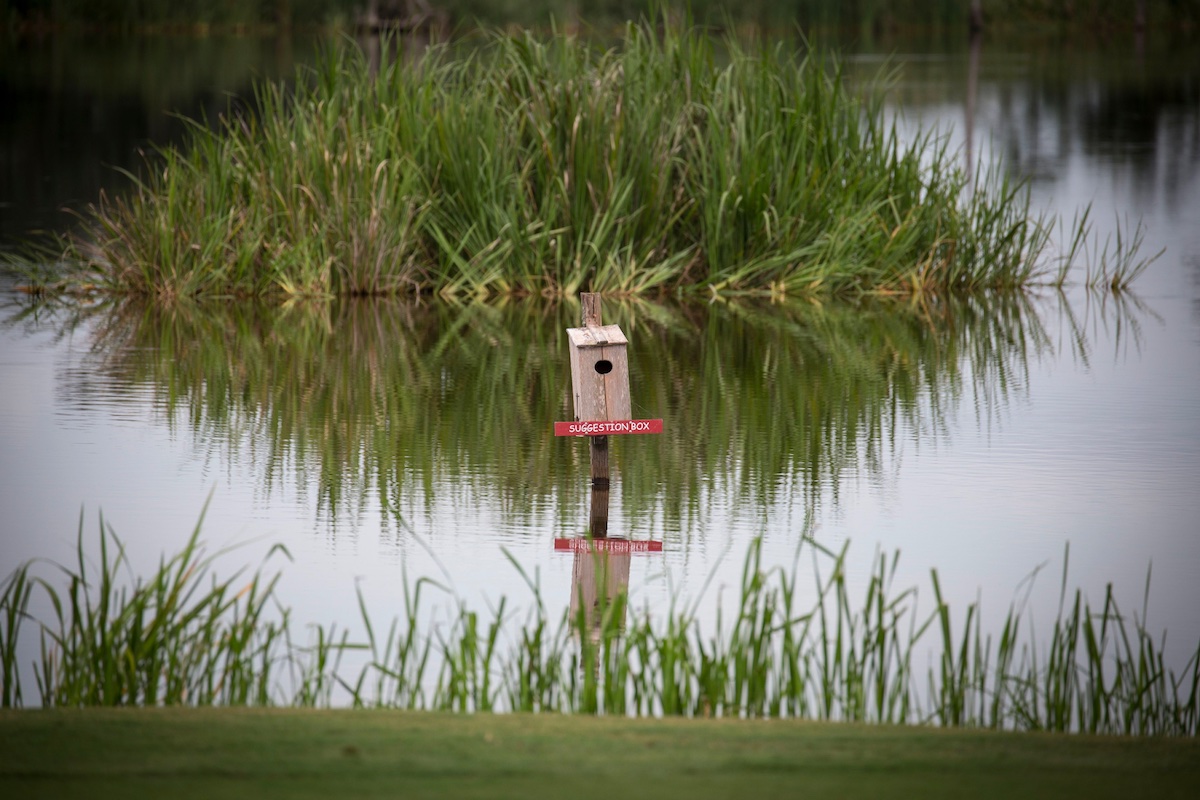
What is The Ford’s Greens & Grounds Committee and when was it formed?
Our current Greens & Grounds Committee was formed in 2008 with the purpose of renovating the golf course to make it “available” to all members, meaning it could be used as a green space, too. Momentum began to build and brought our environment to the forefront with this renovation.
We created bird boxes and bat boxes and launched the Monarchs in the Rough program to support our native butterflies. We also began working with First Tee Education, a youth golf program that focuses on raising children’s activity levels and self confidence, and Operation Pollinator, which helps restore pollinators in golf courses and other landscapes to enhance environmental balance. We’re also doing extensive lake management to ensure a healthy habitat for fish and recreational use for our members.
What would you say are the Committee’s primary goals for the golf course?
We want to ensure that our golf course is a premier, high-end facility that’s part of the natural habitat at The Ford — not a separate entity.
Are there any environmental initiatives on the horizon for the golf course and grounds?
We plan to continue building on our environmental programs with First Tee Education and a primary school field trip. We also hope to increase the footprint of our Monarchs in the Rough program and increase our pollinator plots around the property and golf course.
The Ford has achieved many remarkable milestones in terms of environmental conservation. What are you most proud of?
I would say I’m most proud of The Ford being initiated into the Audubon Cooperative Sanctuary Program. This was a team effort between The Ford, the Greens & Grounds Committee and both the golf course and grounds maintenance teams. The program highlights that our wildlife and habitat management is of primary importance to our members and staff, and it feels good to be recognized for our efforts.
Learn more about The Ford’s conservation efforts here.
